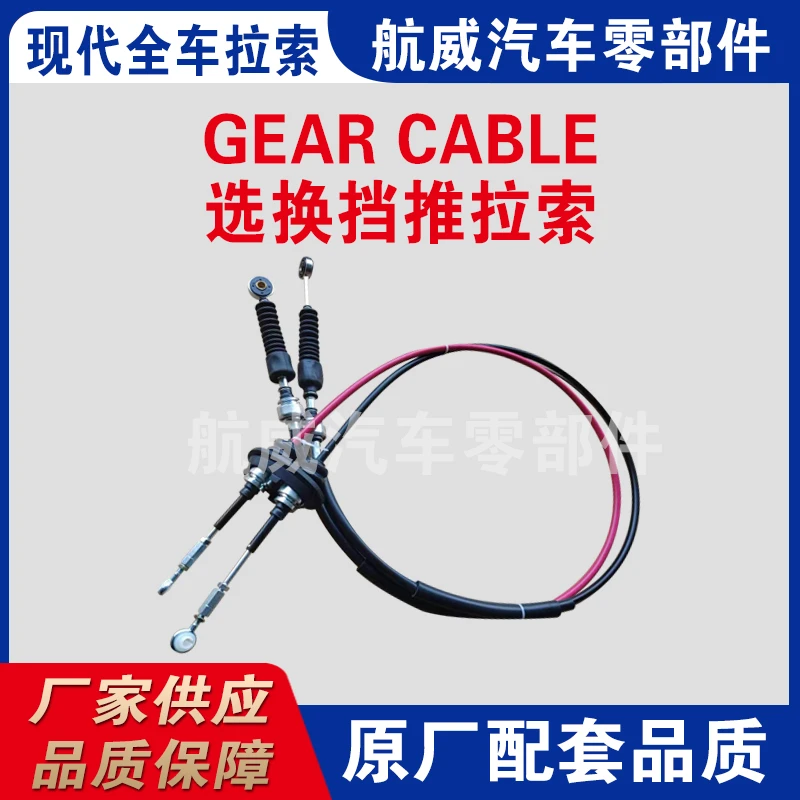clutch master cylinder hydraulic line
Understanding the Clutch Master Cylinder Hydraulic Line
The clutch master cylinder hydraulic line is a critical component in a vehicle's manual transmission system. This hydraulic system plays a vital role in ensuring smooth gear shifts, allowing drivers to engage and disengage the clutch effectively. Understanding its function, components, and maintenance can enhance a driver’s experience and prolong the lifespan of the vehicle’s transmission system.
What is the Clutch Master Cylinder?
The clutch master cylinder is a component of the hydraulic clutch system that converts the mechanical force from the driver’s foot on the clutch pedal into hydraulic pressure. This pressure is then transmitted through the hydraulic line to the clutch slave cylinder, which physically disengages the clutch mechanism. The master cylinder typically consists of a reservoir, a piston, and a cylinder. When the clutch pedal is pressed, the piston moves within the cylinder, forcing hydraulic fluid through the hydraulic lines.
The Role of the Hydraulic Line
The hydraulic line is the conduit through which the hydraulic fluid travels from the master cylinder to the slave cylinder. It is usually made of reinforced rubber or metal tubing, designed to withstand high pressure and resist wear and tear over time. The integrity of this line is crucial; any leaks or damage can lead to a loss of pressure, resulting in difficulty disengaging the clutch—an issue that can impact drivability and safety.
clutch master cylinder hydraulic line

Importance of Maintenance
Regular maintenance of the clutch master cylinder and hydraulic line is essential for optimal performance. It is advisable to periodically check the hydraulic fluid level and condition, ensuring it’s clean and free from contaminants. Over time, the fluid can absorb moisture, leading to corrosion and potentially damaging the system. If the fluid appears dark or has debris floating in it, a complete flush and replacement may be necessary.
Additionally, inspecting the hydraulic line for cracks, signs of wear, or leakage is crucial. Any observed damage should be addressed immediately to avoid unexpected breakdowns or costly repair bills. Regular vehicle servicing should include these checks as part of a holistic approach to vehicle care.
Common Issues and Solutions
There are several common issues related to the clutch master cylinder hydraulic line, including fluid leaks, air bubbles in the system, and a malfunctioning master or slave cylinder. If you experience a spongy clutch pedal or find it difficult to shift gears, these may be signs of issues within the hydraulic system. In such cases, bleeding the hydraulic system to remove air pockets or replacing faulty components may resolve the problem.
In conclusion, the clutch master cylinder hydraulic line is a vital part of a vehicle's transmission system. Understanding its function, performing regular maintenance, and promptly addressing any issues can ensure reliable performance and enhance driving safety. A well-maintained hydraulic system contributes significantly to a smooth and enjoyable driving experience.
-
Upgrade Your Vehicle with High-Quality Handbrake CablesNewsNov.01,2024
-
Optimize Your Bike's Performance with Quality CablesNewsNov.01,2024
-
Enhance Your Vehicle's Performance with Quality Clutch ComponentsNewsNov.01,2024
-
Elevate Your Vehicle's Performance with Quality Throttle CablesNewsNov.01,2024
-
Elevate Your Vehicle's Performance with Quality CablesNewsNov.01,2024
-
Affordable Solutions for Your Cable NeedsNewsNov.01,2024
